A morning at the cholera treatment center
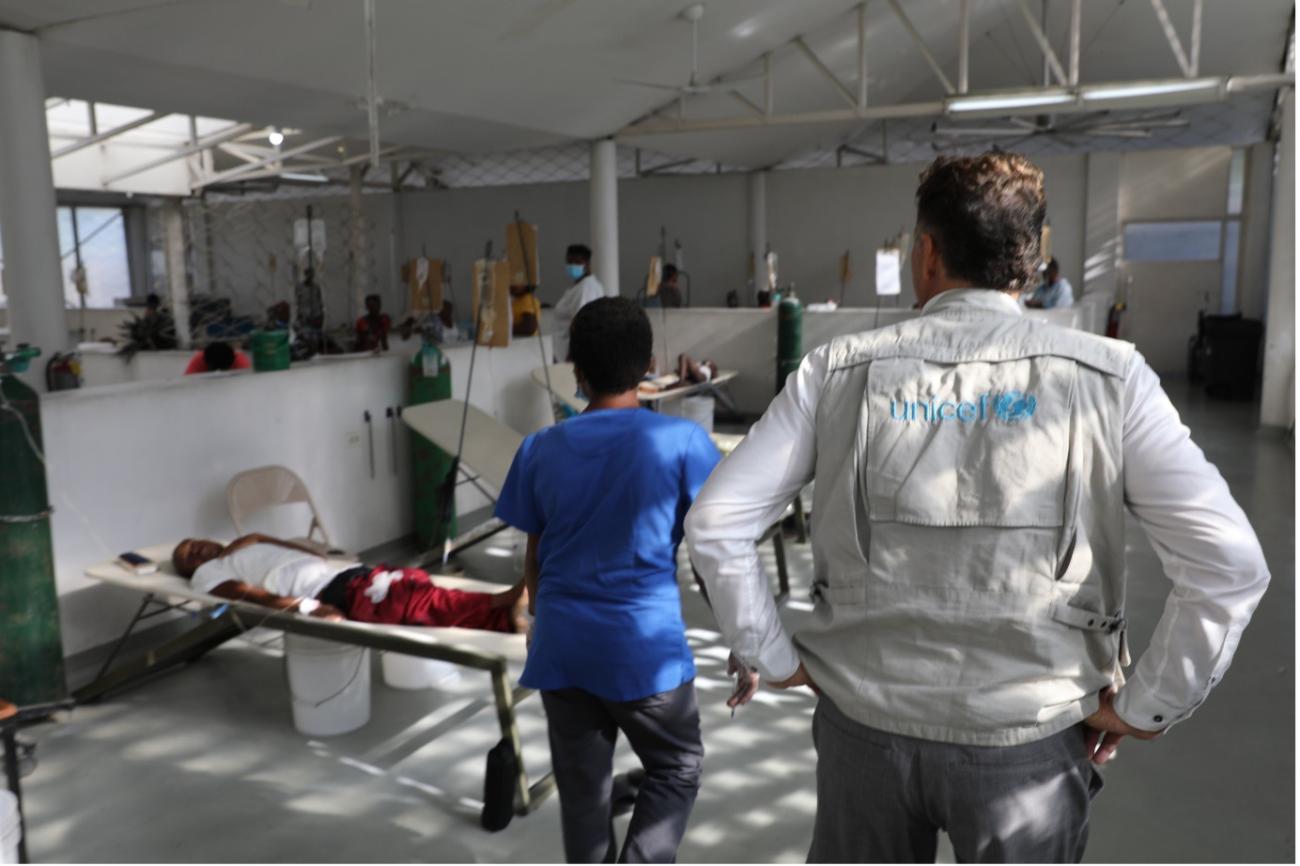
More than 9 317 suspected cases of cholera have been reported in Haiti. More than half are under the age of 14
The entrance opens onto a spacious ward, where a hundred cots and chairs are lined up. They are full. The cholera treatment center (CTC) of the Haitian Group for the Study of Kaposi's Sarcoma and Opportunistic Infections (Gheskio) at the bottom of the city has received around at least 10 men, women and children a day since it reopened two weeks ago. “This center had been closed since the end of the last cholera epidemic in Haiti. We have just reopened it to respond to this crisis,” says Dr Marie Marcelle Deschamps, Deputy Director of Gheskio.
On 2 October, the Haitian government declared the resurgence of cholera in Haiti after three years without a single reported case. The epidemic broke out in Cité Soleil, one of the most vulnerable neighborhoods in Haiti, as the country has been plagued by clashes between armed groups and violent demonstrations against rising prices since mid-September. The disease threatens the well-being and health of 1.2 million children living in the Haitian capital Port-au- Prince.
As of 15 November, the Ministry of Health (MSPP) has reported 807 confirmed positive cases, 9317 suspected cases and 57 deaths in health facilities. These cases are reported in various municipalities in the West Department such as Port-au-Prince, Cité Soleil, Delmas, Pétion Ville and Croix des Bouquets and in Mirebalais in the Centre Department.
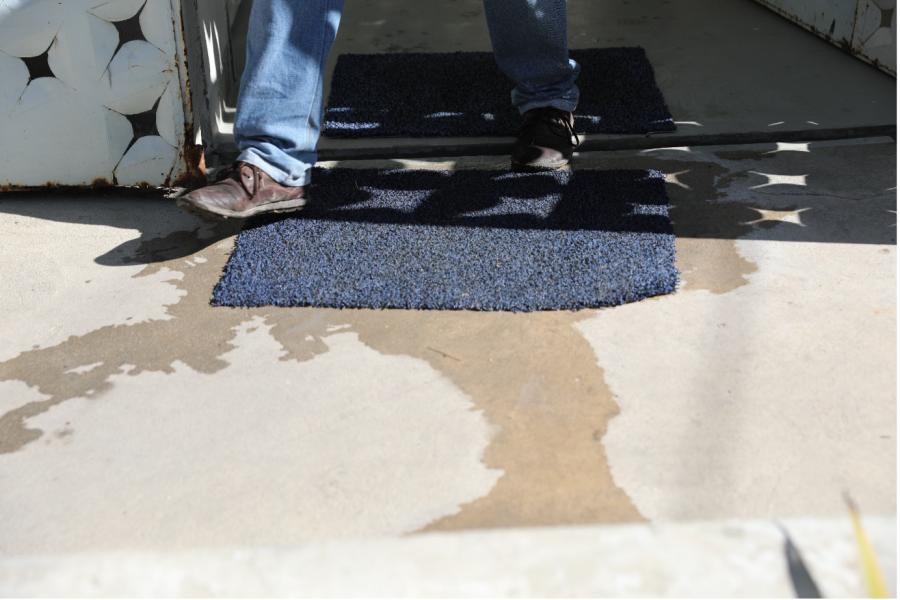
Cholera further endangers the lives of malnourished children
Dr. Deschamps presents the challenges of the center to Bruno Maes, UNICEF Representative in Haiti, as they walk the aisles to talk to patients. A word of comfort here, a little sweet word there so that patients can hold on. Many mothers continue to stream into the large hall, their child on their chest. The centre is at the crossroads of several disadvantaged neighborhoods such as Martissant, Carrefour Feuille and Cité Soleil, ravaged by the war of armed gangs where poverty and malnutrition are rampant. “There are so many children among the patients, and they are all malnourished. If they get diarrhea and vomit because of cholera, their life is in danger,” Maes points out. More than half of people developing symptoms of cholera are under the age of 14, and children aged between one and four years are the hardest hit.
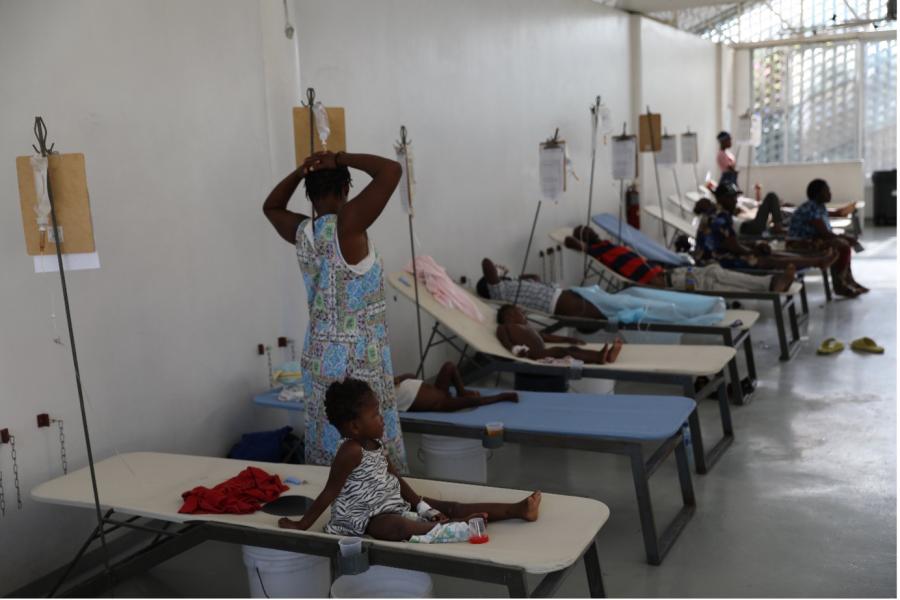
According to the latest data available on malnutrition in Cité Soleil, which recorded the first case of cholera in the country, one in five children under five suffer from severe or moderate acute malnutrition. Due to the scarcity of basic services in these disadvantaged neighborhoods, it is feared that many children will die from this resurgence of cholera.
UNICEF supported Gheskio with medical supplies and personal protective equipment (PPE) such as gloves, medical gowns and masks. The has the capacity to produce 300 liters of chlorinated water per day. However, challenges persist and they are likely to bring the centre to a halt in the coming days. “We have serious problems getting fuel and recruiting new agents. For the number of people we receive each day, we only have eight agents. We are overwhelmed. She spent the night here and she continues the day,” insists Dr. Deschamps, pointing to a nurse in a blue fatigue, tiredness of a sleepless night clearly visible on her face.
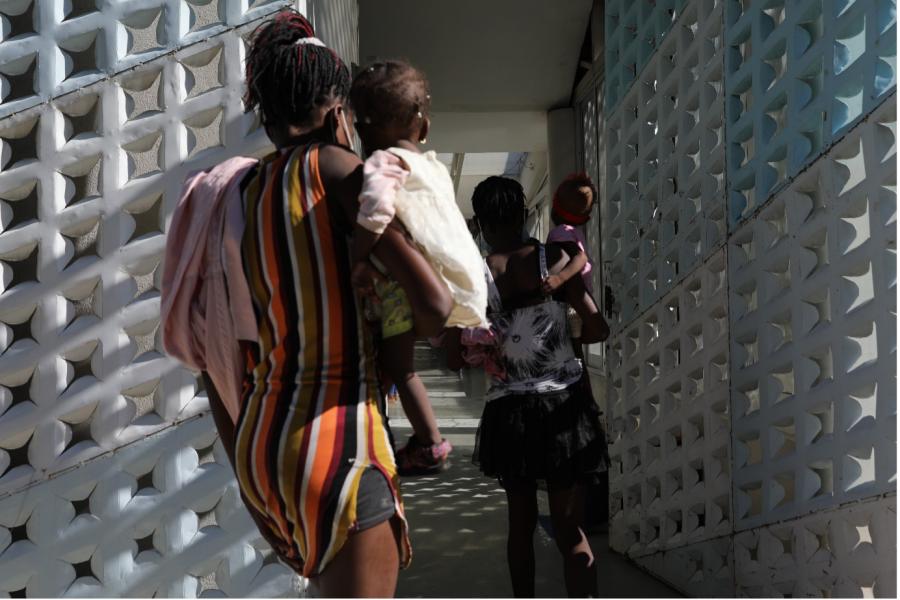
Cholera could spread like wildfire
In the yard, at the entrance to the building, an express coordination meeting is held so that the fuel problem be solved. “Taz, we need 3,000 gallons of fuel in Gheskio,” M Maes told Emergency Chief Dorica Tasuzgika Phiri on the phone. “It would be better to find the fuel to deliver directly,” he adds, as fuel is difficult to find since armed groups blocked access to the main port of the Haitian capital. Taz and Dr Deschamps continued discussing to find the most secure way to deliver the fuel.
Gheskio also plans to hire several community health workers who could deploy into families and teach them how to prepare oral serum to give to patients from the very first hours. Many patients arrive at the center dehydrated and at risk of dying if they are not treated urgently. “Cholera can easily spread like wildfire across Haiti if people continue to have no or limited access to basic health, water and sanitation services due to insecurity”, says Maes. “To reduce the risk of a major outbreak, our most urgent concern is not just to buy and deliver clean water, chlorine and soap, but to find ways to reach the families most affected in poorer in gang-controlled areas”.
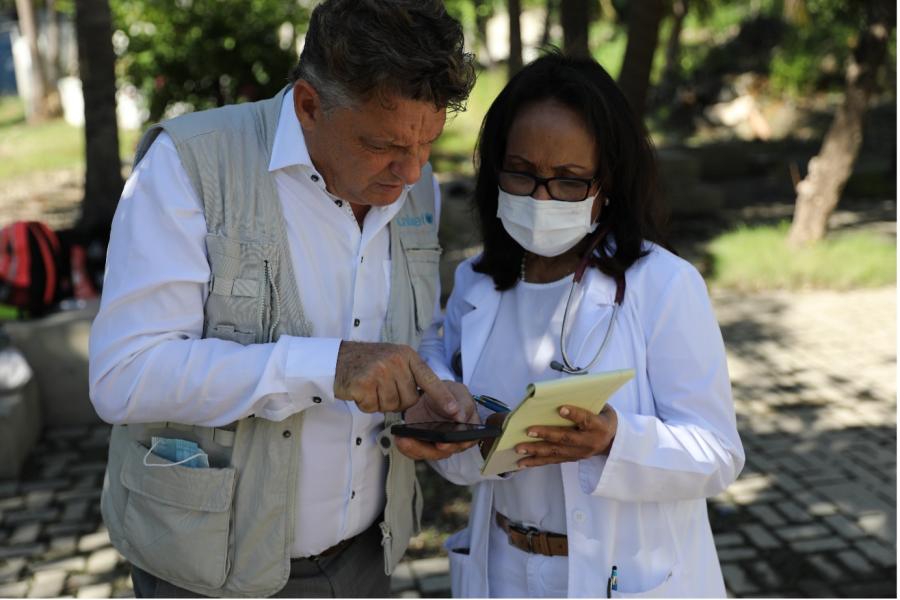
UNICEF provided its partners Médecins du Monde (MDM) Argentina, Center Hospitalier Fontaine, Médecins sans Frontières (MSF), the West Health Department (DSO) and Gheskio, various supplies including five collapsible tanks that can store 40,000 liters of drinking water, 2,500 rolls of toilet paper, 13,000 laundry and toilet soaps, 1,700 plastic gallons, 2,800 sanitary napkins, 20 chlorine tester kits and 4,700 packs of 50 chlorine purification tablets. water.
At the end of 2021, UNICEF launched a $97 million appeal to reach 950,000 people, including 520,000 children in Haiti with humanitarian assistance. To date, UNICEF has received only a third of these funds.


